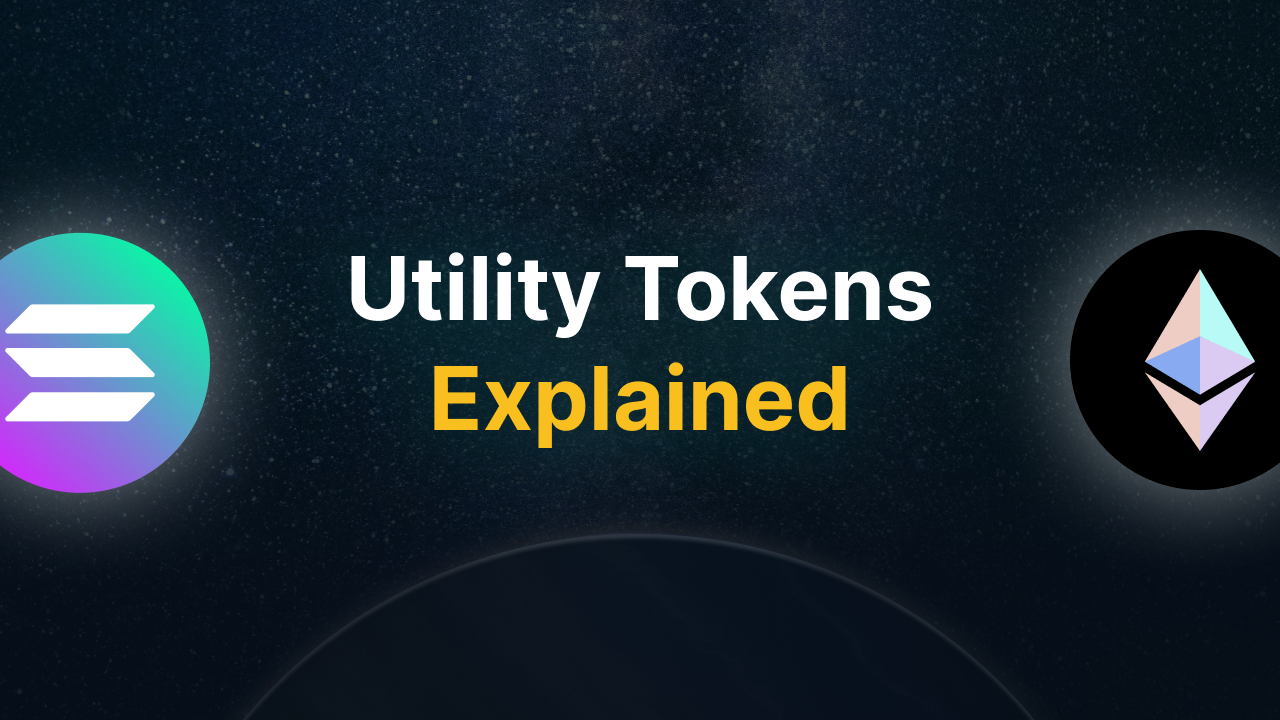What is a crypto dip and how do you deal with it?

What is a dip in crypto?
A crypto dip is a temporary drop in the price of a cryptocurrency, such as Bitcoin or Ethereum. This can be a small correction of a few percent, but sometimes it can also be stronger declines of 10 to 15% or more. Dips occur regularly in the crypto market, due to the volatile nature of the market.
A dip in crypto is something different than a downward trend. A dip is often seen as a temporary decline that can recover, while a cryptocurrency in a downward trend continues to fall for a longer period without any sign of recovery.
For beginners in the crypto market, crypto dips can sometimes cause panic. For example: if your favorite cryptocurrency drops sharply and you sell everything out of panic. That’s why it’s important to know that during a dip not everything is lost. In fact: sometimes dips can even create opportunities.
Key Takeaways
- A crypto dip is a temporary drop in the price of a cryptocurrency and often occurs due to market volatility.
- A dip differs from a downward trend, because it is usually short and recoverable.
- Causes of dips include profit-taking, negative news, whale sell-offs, market corrections and economic sentiment.
- The difference between a dip and a correction is that a dip is short and small, while a correction is larger and longer-lasting.
- Key strategies for dips are: staying calm, focusing on the long term, buy the dip, diversification, Dollar Cost Averaging, and using stop-loss orders.
How does a crypto dip occur?
Crypto dips occur when sudden selling pressure hits the crypto market, causing the price to temporarily drop. Here are the main causes:
-
Profit-taking: When a cryptocurrency has risen strongly, many investors may want to lock in their profits. They sell (part of) their crypto, causing the price to drop temporarily.
-
Negative news: Investors can react to negative news by panic-selling their crypto. For example, when an exchange gets hacked, stricter regulations are introduced, or a scandal occurs. Negative news can trigger panic selling.
-
Selling by crypto whales: Whales in crypto are investors who hold large amounts of a cryptocurrency. They can move the market significantly. If a whale decides to sell millions worth of coins, this can immediately impact the market.
-
Market corrections: When a cryptocurrency or token has been rising for a longer period, a market correction may restore balance. A dip is then like a short breather.
-
Sentiment and economy: The crypto market is strongly driven by trust and sentiment. Economic uncertainty or stricter government regulations can create fear in the market, leading to a dip.
What is the difference between a crypto dip and a correction?
A crypto dip and a crypto correction are similar because they both mean a price decline, but there is an important difference in scale and context.
A dip is usually a short-lived and relatively small drop, often caused by profit-taking, news or temporary market movement. Think of a few percent loss over a couple of hours or days. Dips occur almost daily in the crypto world and are often short-term.
A correction, on the other hand, is a larger and more structural drop, usually around 10 to 20 percent or more, that happens after the market has risen strongly for some time. It is basically the market’s way of “correcting” itself and finding a healthier balance again. Corrections often last longer than dips and can go on for days or weeks.
In short: a dip is a quick and temporary drop, while a correction is a bigger and deeper decline that usually follows a strong rally.
How long does a crypto dip last?
The duration of a crypto dip can vary greatly and depends on different factors. Some dips last only hours or days. If a decline, however, lasts longer and goes deeper, analysts often speak of a correction or even a longer bear phase. Often this depends on the market cycle or phase. In a bull market dips often recover quickly. In a bear market a dip can lead to a longer period of price pressure.
Tips and strategies to deal with a crypto dip
Sometimes a crypto dip can be quite stressful, especially if you see your crypto portfolio drop sharply in a short time. You might panic-sell everything or blindly buy more. But crypto dips are not always negative, they are part of the market and can even present opportunities. It’s all about how you deal with a crypto dip. Here are some tips and possible strategies you could apply during a dip:
-
Stay calm: This is one of the most important tips. The biggest mistake investors make is acting out of emotion. Panic selling can make you exit with a loss, while the price later recovers. Taking the time to analyze the situation calmly can help you avoid this and make better decisions.
-
Dips are normal in crypto: The crypto market is known for its huge volatility, with big rises and drops happening daily. If you accept this, you’ll see a dip less as a disaster.
-
Focus on the long term: If you look at the long-term chart of a cryptocurrency instead of just the past 24 hours, you’ll see that dips are part of a larger growth pattern.
-
Consider “Buy the Dip”: This is a well-known term in the crypto world, where you use a dip to buy crypto “cheaper” and then sell later at a profit. This can sometimes be attractive, but watch out for “catching a falling knife,” where you buy a dip that keeps falling further. You can avoid this by researching the reason why the dip happened.
-
Diversify your portfolio: Don’t put all your money into one crypto project. Combine large cryptocurrencies like Bitcoin and Ethereum with altcoins and different types of crypto such as DeFi tokens, NFT projects, stablecoins, or layer-1 blockchains. This way you reduce the impact of a dip in one specific coin.
-
Use Dollar Cost Averaging: If you believe in the long-term potential of a project, you can use Dollar Cost Averaging (DCA), where you buy small amounts of crypto at fixed intervals, regardless of the price. This spreads your purchases and makes you less dependent on volatility. Dollar Cost Averaging is a popular investment strategy that you can use through Auto Invest on the Finst platform.
-
Set a stop-loss order: With a stop-loss order you set a price level in advance at which your crypto will be automatically sold. This protects you from a heavy decline that goes beyond a normal dip. It prevents your whole portfolio from being hit hard, without you having to watch the market constantly.
It’s important to mention that no one can predict the market, and that you should never invest more than you’re willing to lose. A crypto dip can be stressful, but if you understand why dips happen and which strategies you can use, you can see them as a normal part of the market instead of a disaster. The most important thing is to stay rational, stick to your own plan and not let yourself be driven by fear or greed.
Final thoughts
Crypto dips are a fixed part of the market and are usually temporary. While they may cause stress or panic among investors, a dip does not mean everything is lost. If you understand why dips occur and don’t let yourself be guided by emotions, you can see them as a normal market phenomenon rather than a disaster. With the right strategies, like staying calm, focusing on the long term, and making smart use of Dollar Cost Averaging or diversification, you can limit the impact. In fact, sometimes dips even offer opportunities to strengthen your position and benefit from recovery in the long run.




